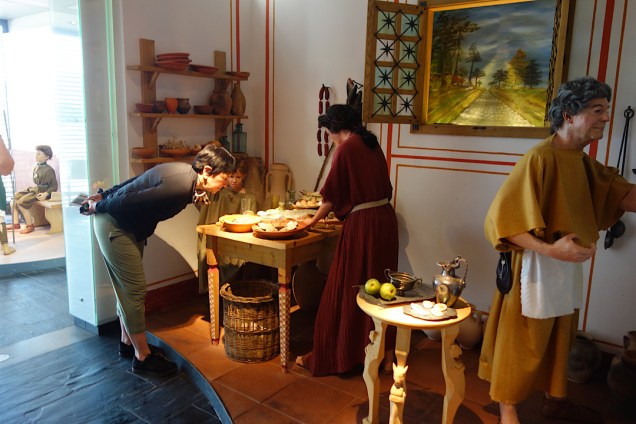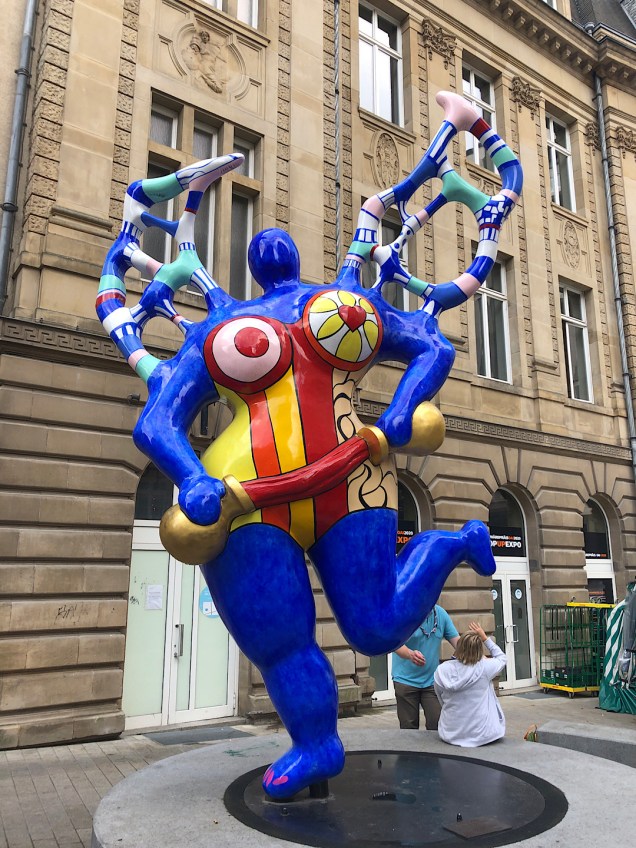 To those friends (at least 2 of ‘em) who warned we might be bored in Luxembourg, I can only say: no way! Steve and I had some dazzling moments during our stay there (Saturday 9/11 to Wednesday 9/15). They weren’t the kind of offbeat or exciting adventures that make for the most interesting blog posts. But I can say with confidence: if you ever get a chance to visit the Grand Duchy, do not turn it down.
To those friends (at least 2 of ‘em) who warned we might be bored in Luxembourg, I can only say: no way! Steve and I had some dazzling moments during our stay there (Saturday 9/11 to Wednesday 9/15). They weren’t the kind of offbeat or exciting adventures that make for the most interesting blog posts. But I can say with confidence: if you ever get a chance to visit the Grand Duchy, do not turn it down.
Luxembourg, we learned, is the first country in the world to make all local public transportation free. This is a nice amenity! One of the frictions of traveling in any strange country is figuring out how to pay for the bus or metro or train or whatever. We took a high-speed train from Paris to Luxembourg City, where we walked out the door of the train station and got on a spiffy free tram that took us to the city center.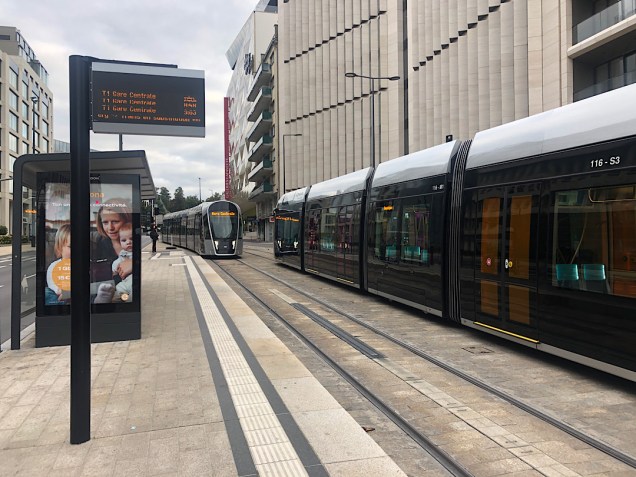 In the center, we stayed in the spare bedroom Airbnb’d by Mohit and Prarabdhe, two Indian Ph.Ds who have permanently moved to Luxembourg. The next day we got on a tram going in the other direction to a transportation hub where we climbed on a free bus that took us out into the countryside. It almost felt like having a private driver at our disposal.
In the center, we stayed in the spare bedroom Airbnb’d by Mohit and Prarabdhe, two Indian Ph.Ds who have permanently moved to Luxembourg. The next day we got on a tram going in the other direction to a transportation hub where we climbed on a free bus that took us out into the countryside. It almost felt like having a private driver at our disposal.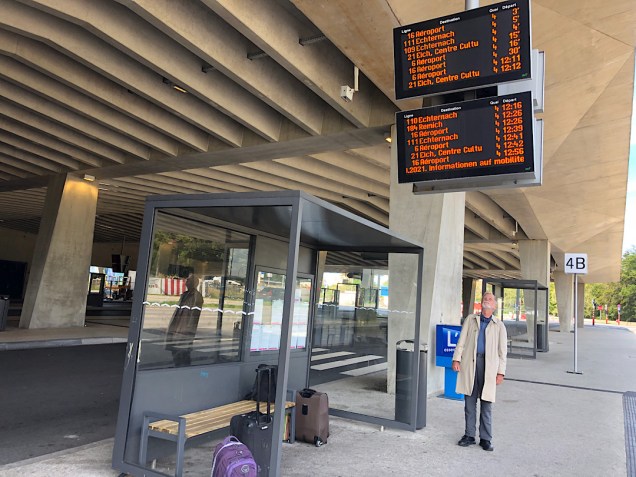

I can also attest that Luxembourg is a great place for walking and hiking. The center of the capital looks extraordinarily prosperous — no surprise, given that Luxembourg, largest of the 7 microstates on our present tour, is also the country with the highest GDP per capita in Europe. I couldn’t help comparing what it’s like to stroll around Lux City and Antigua, Nicaragua (one of the poorest countries in the world, around which we were strolling just three months ago). In the former, streets and plazas are vacuumed and buffed, not busted up and filthy. Tantalizing shops and restaurants and bars and pastry vendors line the streets instead of tense, hungry looking folks hawking lottery tickets and single cigarettes. On the day of our arrival, well-dressed Luxembourgers jammed the place, ambling, shopping, wining, breakfasting, lunching, and dining.




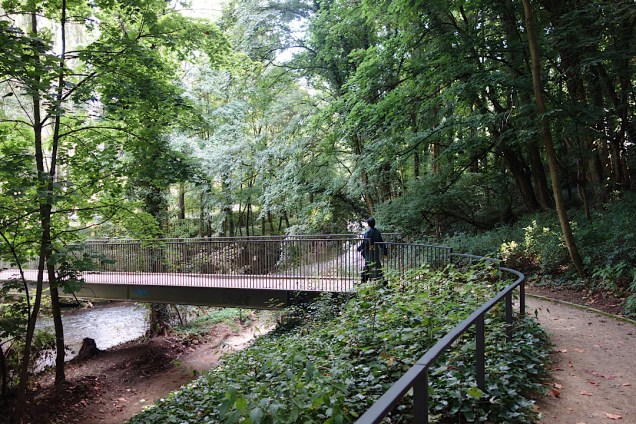

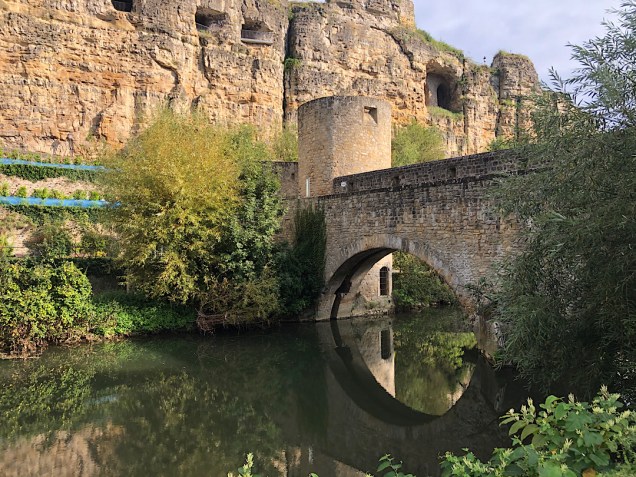 I wanted to visit Luxembourg even before conceiving of our Microstate Tour. What made me think of that was reading Bill Bryson’s hilarious account of hiking the Appalachian Trail (A Walk in the Woods). At one point in it, he compares that challenging trek to hiking in Luxembourg, where he reported being able to sleep in cozy inns after days of making one’s way along glorious trails. I was intrigued, and I learned that one of the most famous byways in Luxembourg is the Mullerthal Trail, which consists of three big multi-day loops. I tried but failed to find the sort of arrangement Bryson had described. Maybe Covid caused the outfitters to shut down, at least temporarily. But I still wanted to squeeze in a bit of Luxembourgian hiking, so I booked us into a sweet little hotel in the charming town of Echternach, a trailhead for both Mullerthal and other local pathways.
I wanted to visit Luxembourg even before conceiving of our Microstate Tour. What made me think of that was reading Bill Bryson’s hilarious account of hiking the Appalachian Trail (A Walk in the Woods). At one point in it, he compares that challenging trek to hiking in Luxembourg, where he reported being able to sleep in cozy inns after days of making one’s way along glorious trails. I was intrigued, and I learned that one of the most famous byways in Luxembourg is the Mullerthal Trail, which consists of three big multi-day loops. I tried but failed to find the sort of arrangement Bryson had described. Maybe Covid caused the outfitters to shut down, at least temporarily. But I still wanted to squeeze in a bit of Luxembourgian hiking, so I booked us into a sweet little hotel in the charming town of Echternach, a trailhead for both Mullerthal and other local pathways.
On Monday the weather was glorious, so we tackled an 11-mile outing that included part of Mullerthal 2.
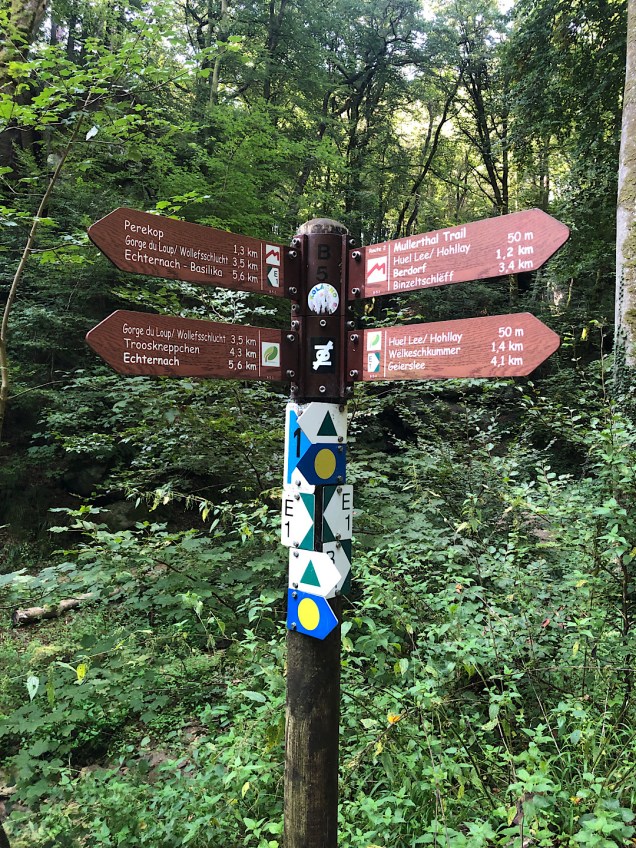




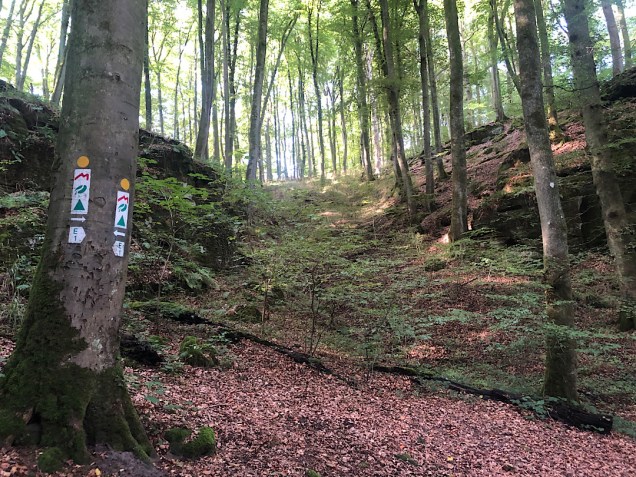

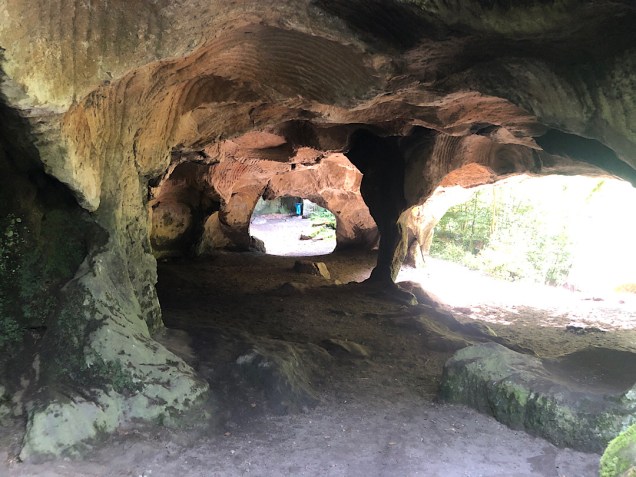
We took it easier the next day, exploring short sections of Mullerthal 1 and visiting the touristic highlights of Echternach. Most of these I won’t bore you with. But one I should mention. Echternach is home to the ruins of a villa built by Roman conquerors roughly 2,000 years ago. No walls remain, but all of the foundations are intact, and it’s obvious how magnificent the place once was.
 The Luxembourgers have built a sweet little museum explaining the site. Alas none of the signs were in English. It didn’t really matter. We didn’t need to read placards to understand that this was one of those small but pleasant wonders you sometimes stumble upon, a bit like the country it’s now part of.
The Luxembourgers have built a sweet little museum explaining the site. Alas none of the signs were in English. It didn’t really matter. We didn’t need to read placards to understand that this was one of those small but pleasant wonders you sometimes stumble upon, a bit like the country it’s now part of.